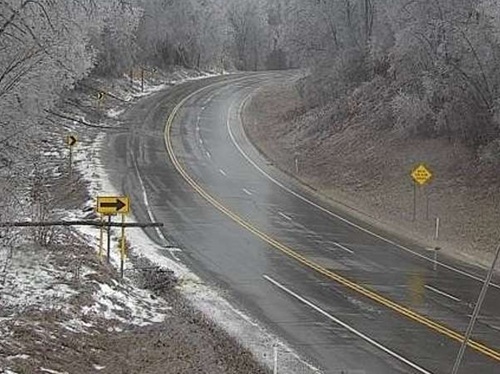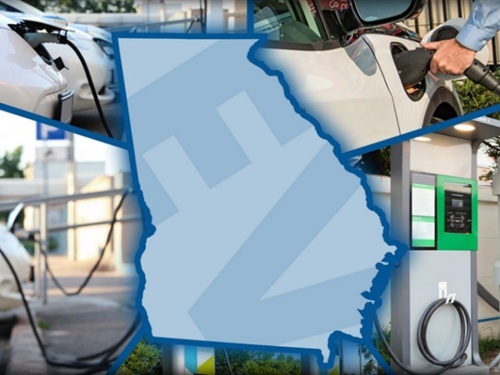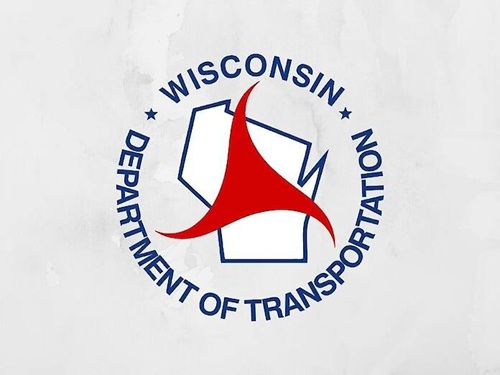The Wisconsin Department of Transportation recently hosted a meeting of the Wisconsin Non-Driver Advisory Committee or “WiNDAC” to delve into the transportation needs for the state’s non-driver population.
[Above photo by Wisconsin DOT]
“Non-drivers” in Wisconsin include aging adults, students, children, low-income individuals, people with disabilities, and those who prefer not to drive. Many face barriers getting to work, school, appointments and other essential daily needs, Wisconsin DOT said.
WiNDAC members include advocacy groups, stakeholder transportation associations, mobility service providers, academia, state and local government, legislators, and representatives from the Federal Highway Administration.
Ongoing feedback from WiNDAC – which meets twice a year – allows Wisconsin DOT to make more informed decisions when planning multimodal transportation projects to avoid creating additional barriers for non-drivers.
“The WiNDAC partnership ensures the needs of non-drivers remain a priority as Wisconsin DOT and local communities plan new and ongoing transportation projects,” noted Lea Collins-Worachek, administrator of the agency’s division of budget and strategic initiatives, in a statement.
“This collaboration allows us to best serve everyone who uses our transportation system,” added Collins-Worachek, who also serves as a WiNDAC co-chair.
This latest WiNDAC meeting focused on presentations and discussion about how emerging technologies, innovations, and community engagement can address the challenges and barriers encountered by non-drivers – improving transportation access and safety for those who do not use motor vehicles.
Tami Jackson, public policy analyst for the Wisconsin Board for People with Developmental Disabilities and also a WiNDAC co-chair, noted that 31 percent of Wisconsin’s population are currently non-drivers, and the number of non-drivers is projected to grow.
“As more people become non-drivers, new ideas and options are needed to help people get to school, work, health care and conduct the business of their daily lives,” she said. “Making sure that emerging technology solves the problems that non-drivers have is a critical step to create transportation systems that work for everybody.”
 States
States
Podcast: Flashing LED Lights Can Boost Roadway Safety
December 5, 2025 States
States

